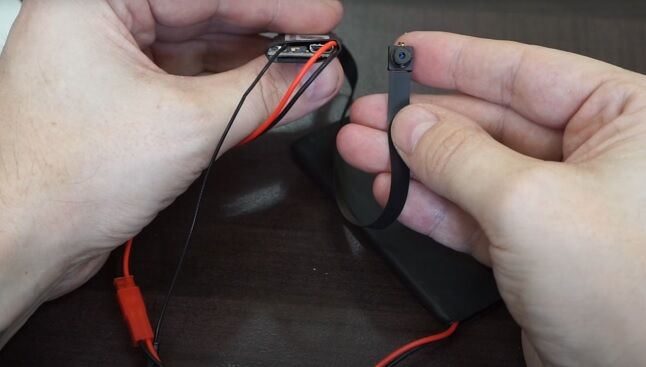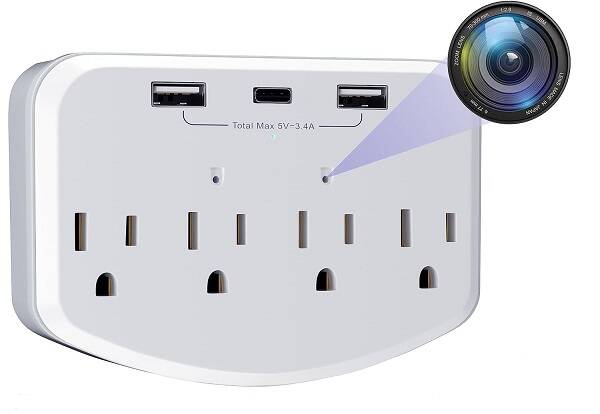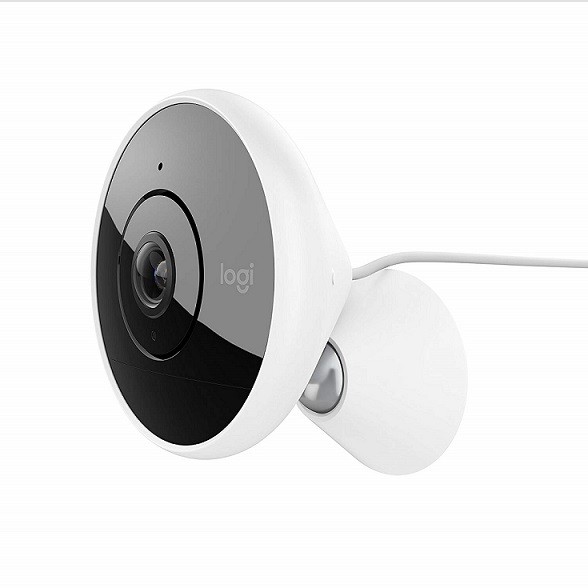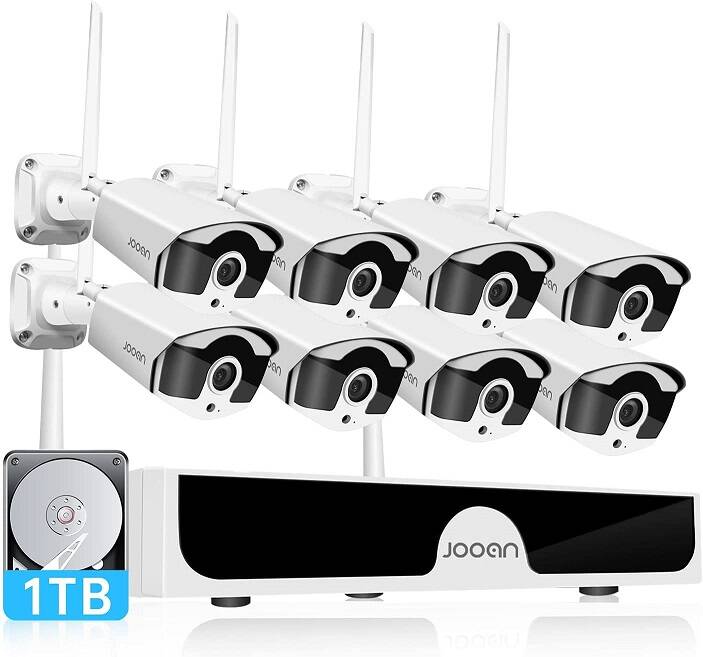What Do Hidden Listening Bugs Look Like & Strategies to Find Them
Spotting listening bugs can be tricky as they’re designed to be small and concealed. This guide is here to help you know what they look like, where you might find them, and how to block them out.

Identifying Characteristics of a Listening Bug
Listening bugs are small and are meant to be hidden. While appearances may vary, common characteristics include:
- Small in size, generally no larger than 0.5 inches.
- Typically black or silver with a possible central hole.
- Similar in appearance to small chips or coins.
- Some of these bugs are battery-powered, making them even more difficult to spot due to the absence of wires.
Operation Mechanism of Listening Bugs
| Type of Bug | Appearance | Power Source | Operation Duration | Cost |
|---|---|---|---|---|
| Battery Bug | Small, Coin-like | Battery | Limited | Low |
| Wired Bug | Small, Chip-like | Wired Connection | Indefinite | High |
Listening bugs act like small microphones, capturing sound and transmitting it elsewhere. There are mainly two kinds:
- Battery-operated Bugs: More affordable but have a shorter life span.
- Wired Bugs: Pricier, customized, and work as long as they have power.

Common Concealment Areas
You might find listening bugs in areas like:
- Phone or USB chargers.
- Inside walls or structural elements.
- Everyday household items like lamps or clocks.
- Electrical sockets or extension cords.
Detection Strategies for Listening Devices
Some bugs might make a buzzing sound, or you might notice objects that are out of place or see visible wires. For bugs that are well-hidden:
- Examine usual hiding places like electrical sockets and inside electronic items.
- Use specialized detection devices or apps to find hidden bugs.
Methods to Neutralize Listening Devices
If you suspect there’s a listening bug:
- Speak softly or only when there’s a lot of other noise.
- Use louder sounds like music to cover up your conversation.
- Use specialized equipment to completely block out the sound.
Conclusion: Safeguarding Privacy
Finding a listening bug is a serious invasion of privacy. It’s essential to know what they look like, where they hide, and how to block them. Regular checks and staying alert can help protect your privacy.
Additional Advice:
- If you strongly suspect the presence of listening devices, seek professional advice and assistance for a thorough sweep.
- Installing listening devices without permission is illegal; seek legal advice immediately if you find any unauthorized devices.
- Stay updated on the latest surveillance technology and counter-surveillance methods to maintain your privacy.
Always remember, if you come across a listening device, don’t try to remove it. Leave the area and call the appropriate authorities immediately. Keep your private conversations private and stay secure!
Disclaimer
Certain content that appears on this site comes from Amazon. As an Amazon Associate we earn from qualifying purchases. Read full Disclaimer Here!






